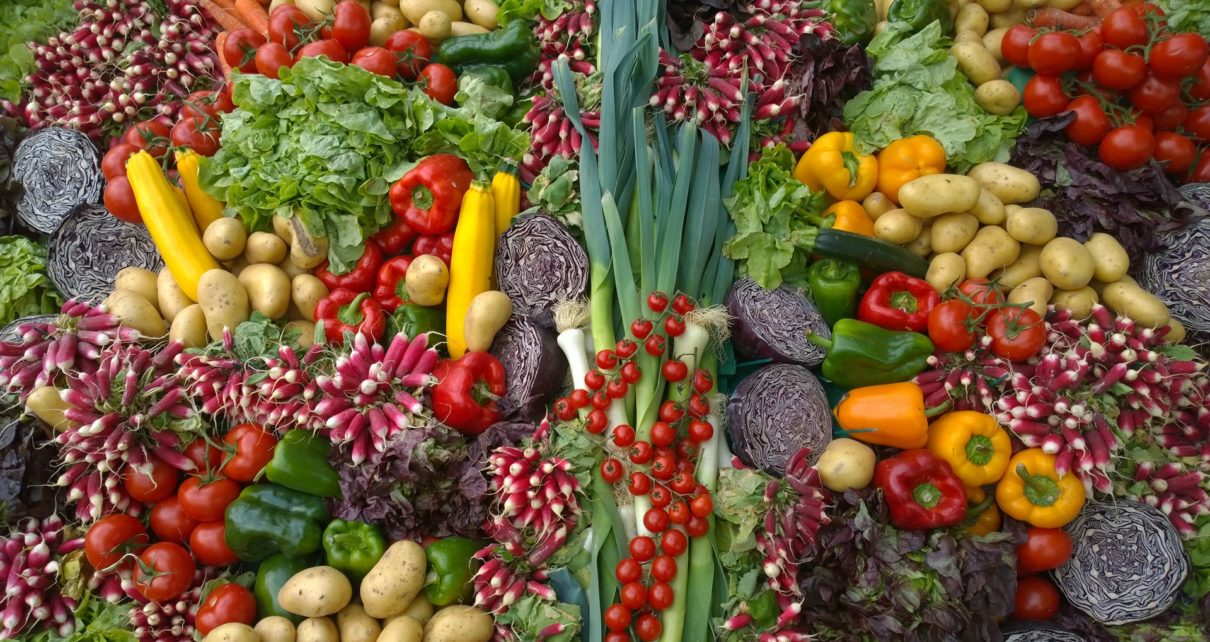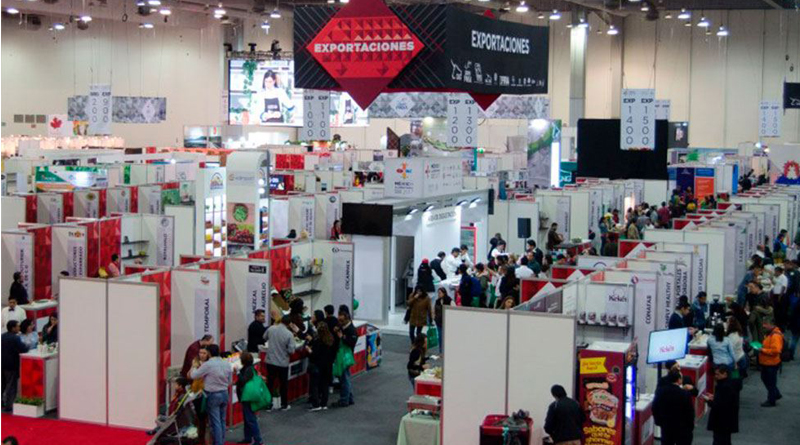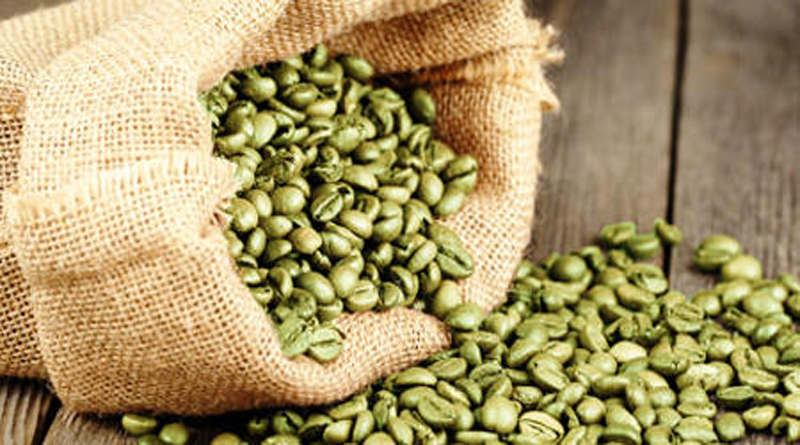Experts have identified steps food firms can take to reduce the risk of Listeria contamination of frozen vegetables.
The European Food Safety Authority (EFSA) assessment focused on vegetables that are blanched – scalded in hot water or steam for a short time – before they are frozen. Companies blanch vegetables before freezing because it stops enzyme actions which can cause loss of flavor, color and texture.
Mitigation measures range from cleaning and disinfection of the food producing environment to water, time and temperature control at different processing steps, and accurate labelling. It is also important to monitor the production environment for Listeria monocytogenes as it can persist in this setting and then contaminate food, according to the report.
The work was triggered by a multi-country outbreak that affected 53 people and caused 10 deaths between 2015 and 2018 in Austria, Australia, Denmark, Finland, Sweden, and the United Kingdom. Greenyard’s frozen vegetable factory in Baju, Hungary, was the source of the Listeria outbreak. In June 2019, the factory was sold to Roger & Roger, a producer of potato and corn snacks.
According to the latest figures from EFSA and the European Centre for Disease Prevention and Control (ECDC), the number of people affected by listeriosis in 2018 was 2,549 which represents a growing trend during the past 10 years.
During and after processing
The main factors affecting contamination from and growth of Listeria monocytogenes in blanched frozen vegetables during processing are hygiene of the raw materials and process water; hygienic conditions of the food processing environment; and the time and temperature combinations used for storage and processing such as blanching and cooling.
Blanching and water disinfection applied to maintain the microbiological quality of process water can reduce contamination by Listeria. However, blanching of vegetables may result in a product in which Listeria can grow faster during subsequent storage after thawing. Freezing does not kill Listeria.
Factors after processing are characteristics of the vegetables, the time and temperature combinations used for thawing and storage and subsequent cooking conditions, unless eaten raw.
Analysis of possible control options suggests applying a complete hazard analysis and critical control point (HACCP) plan is either not possible or would not further enhance food safety. Instead, 11 prerequisite programs (PRP) and operational activities should be applied such as cleaning and disinfection of the food processing environment, pest, water, time and temperature control and product information and consumer awareness.
Low Listeria risk from frozen vegetables
The European Association of Fruit and Vegetable Processors (Profel) contributed to the work. The group reported about 3.8 million tons of frozen vegetables were produced in 16 EU countries in 2017.
Based on the number of infections in foodborne outbreaks in the European Union from 2005 to 2018, Listeria is the most relevant pathogen in blanched frozen vegetables. Probability of illness per serving of uncooked blanched frozen vegetables for the elderly aged 65 to 74 years old, is up to 3,600 times greater than cooked products.
While Listeria monocytogenes does not grow in frozen foods and a threshold of 100 CFU/g is in place for such products, this criteria might not protect the consumer if defrosted fruits, vegetables or herbs are stored for a certain period, even at refrigeration temperatures, before consumption.
Investigations in the Greenyard outbreak showed that some frozen items can be defrosted and used in salads or as ingredients in other ready‐to‐eat (RTE) products sold to consumers without undergoing a kill step, such as cooking, to eliminate or reduce the level of pathogens.
Experts concluded the risk of blanched frozen vegetable consumption is lower than for eating cold‐smoked fish, hot‐smoked fish, gravad fish, cooked meat, sausage, pâté and soft and semi‐soft cheese — the seven other RTE food categories included in the analysis. This was based on the probability of illness per serving, total number of servings and the proportion consumed as cooked or uncooked.
Before 2018, two outbreaks were reported with 17 confirmed patients, no hospitalizations or deaths, implicating frozen vegetables. A Staphylococcus aureus outbreak traced to frozen beans at a school or kindergarten in Belgium in 2009 caused at least 14 illnesses. It was reported that storage time and temperature abuse was a contributory factor. A Clostridium perfringens outbreak from frozen onions at a canteen or workplace catering facility in Germany in 2015 caused three illnesses. It was reported inadequate chilling was a contributory factor.
In the United States, only one outbreak implicating frozen vegetables was reported during 2009 to 2019. It was associated with Listeria during 2013 to 2016 causing nine cases and three deaths. The contamination source was the food processing environment and vegetables were probably blanched.
The EFSA experts made several recommendations including standardizing labelling used by industry to promote better understanding by consumers and educate people on the storage of frozen or thawed vegetables in a clean freezer or fridge at the appropriate temperature and how to prepare (thawing and cooking) the food safely.
Source: Food Safety News









